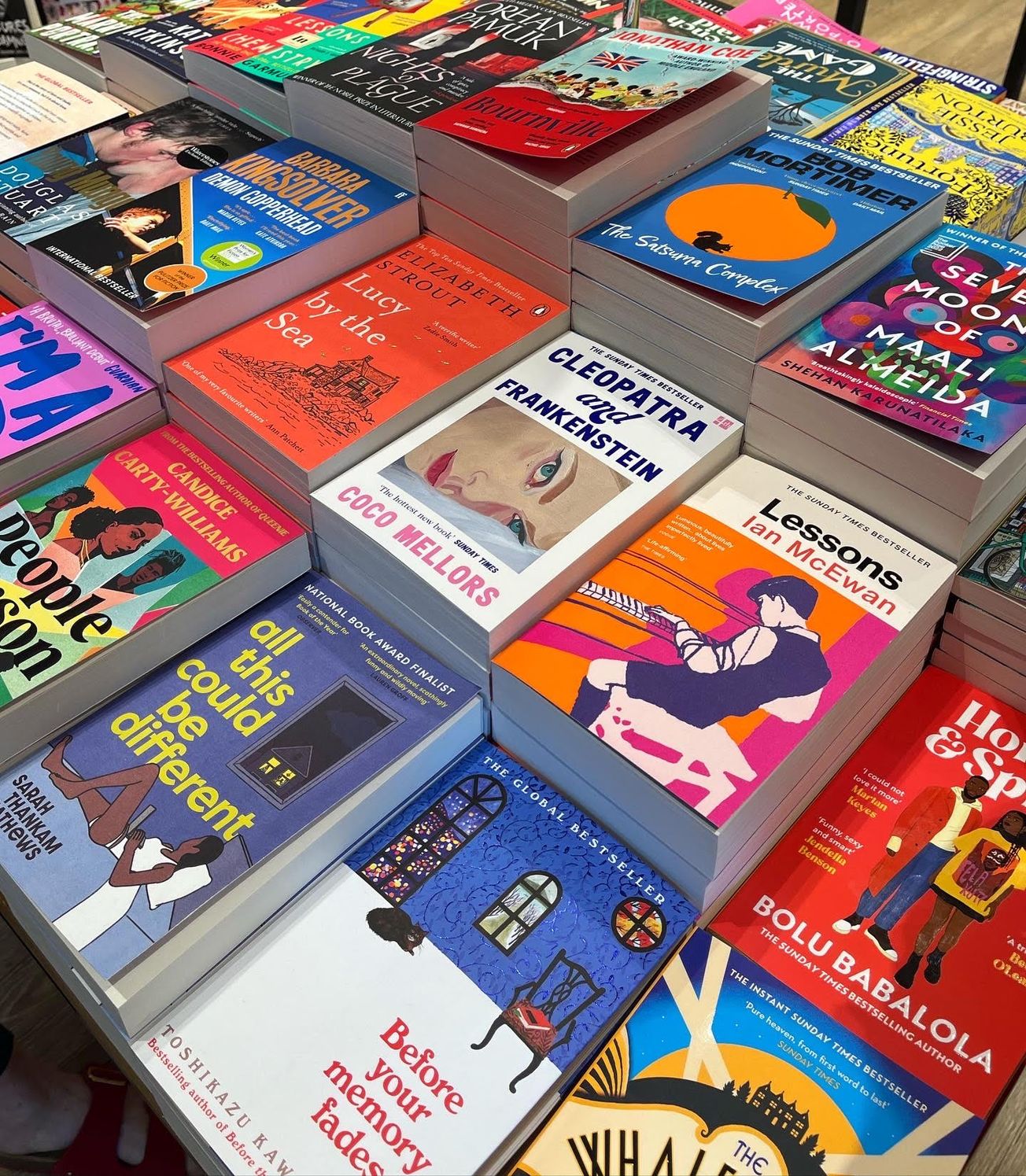'Tis the season to be jolly? Climate scientists may disagree. Just two months ago, the IPCC released a report stating that humans have only twelve years to limit global warming to 1.5 degrees Celsius.
Any warming above this level is likely to have terrible consequences, such as famines, extreme weather events, and (eventually) an Earth that is too hot to live in. Clearly, urgent action is required. But what can individuals do?
Choosing gifts for their longevity will be appreciated more in the long-term by the receiver
Quite a lot, actually. The IPCC suggests that to achieve their goal, the world must decrease emissions by 45% in 2030. But according to Andrew Szasz of the University of California, individual consumption makes up 40% of carbon emissions. Therefore, changes in consumer behaviour, such as switching to low carbon footprint products, could have a massive positive effect. But it also has other benefits.
Choosing gifts for their longevity will be appreciated more in the long-term by the receiver and show that you’ve put a lot of thought into it. Also, charity shop, D.I.Y. and non-material ‘experience’ gifts are often cheaper than shop-bought ones. Finally, helping a good cause is known to improve wellbeing; and fighting climate change surely comes high on this list, especially given the urgency of the problem.
Yet making sure your presents are as green as possible is not just desirable; it’s also doable! Here are 3 ways you can make this Christmas a greener one:
1. Shop selectively
By this, I mean choosing shops which have the lowest carbon footprint. The Ethical Consumer Guide is helpful here; it’s a free website that ranks shops (high street and alternative) on their carbon footprint and other ethical factors. You can also compare different versions of the same product, for example they have a great infographic on chocolate brands. I also recommend the website The Good Trade which has more in-depth articles on this. Meanwhile, it’s also important to think about the gifts you’re buying. Novelty presents tend to get thrown away after not very long, and new clothes can encourage the old ones to be thrown away. Look for presents which are practical and you’ll help avoid adding to the huge amounts of waste that comes with Christmas. You could also buy/ ask for things to help you and your loved ones save energy, such as solar-powered phone chargers!
From wrapped #gifts to #festive food, Christmas can often come with a whole lot of pointless #packaging. We share our tips to help you reduce your #plastic footprint this #Christmas https://t.co/L9DzdDnsFM pic.twitter.com/U4UVlLfs2O
— Ethical Consumer (@EC_magazine) November 27, 2018
2. Buy local
Websites such as Etsy and Notonthehighstreet list loads of gifts made and sold by people living in the UK
You can cut emissions further by avoiding the global supply chain and the air miles associated with it. Websites such as Etsy and Notonthehighstreet list loads of gifts made and sold by people living in the UK. It’s not failsafe, though, as the raw materials used are likely to have come from other countries, and having products delivered to your home could be less efficient (i.e. saves less CO2) than those delivered in bulk to high street shops. So, it’s worth taking the time to read on the website where and how these gifts are made, as well as what they’re made of, before buying them. Charity shops and D.I.Y. presents are also great ways to stay local without breaking the bank.
3. Think beyond the material
Don’t have time to trawl through websites checking suppliers, but still want to cut down on CO2? Well, your best option might be to give something that isn’t ‘made’ at all. Charities such as WWF offer subscription packages, or you can make a donation in a friend or family member's name. Helping a village gain access to water, or a child gain access to education in a developing country, could be the one of the best and most eco-friendly ways of spreading Christmas cheer.
Featured image: Unsplash / Joanna Kosinka
Have you got any ideas for how to have an eco-friendly Christmas? Epigram wants to know - get in touch!









